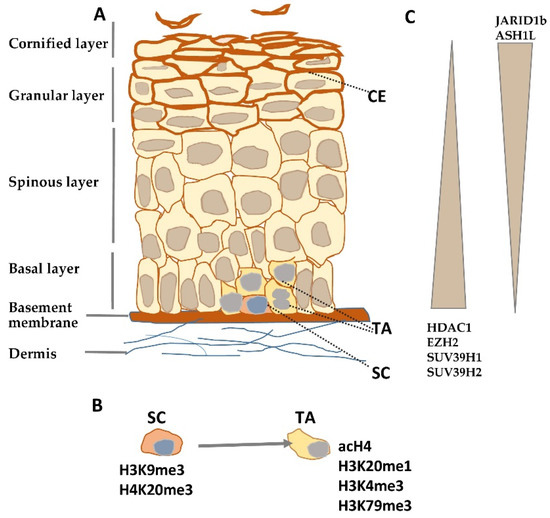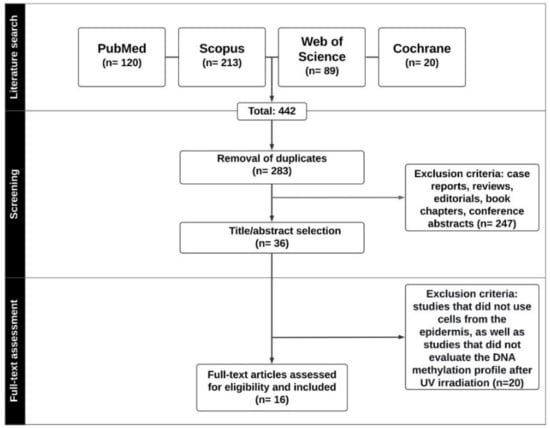Epigenetic Regulation of Cellular Differentiation
A topical collection in Epigenomes (ISSN 2075-4655).
Viewed by 10721Editor
Interests: cell/molecular biology; gene/protein expression; epigenetics; protein biochemistry
Special Issues, Collections and Topics in MDPI journals
Topical Collection Information
Dear Colleagues,
Cell differentiation is a process through which newly formed cells acquire specific features required for the precise functions that they are to fulfill in the organism. The most spectacular example of the differentiation process is the transformation of a zygote into a mature organism with multiple specialized tissues. In an adult organism, the process of cellular differentiation is active, albeit within a somewhat different range, in all tissues, which are constantly renewed thanks to the proliferative capacity of tissue stem cells. The stem cell progeny, newly derived undifferentiated cells, undergo differentiation along a tissue-specific lineage.
Upon differentiation, cells alter not only their size, shape, motile/adhesive properties, etc., but also metabolic and other biochemical characteristics. All these changes are possible due to orchestrated and time-coordinated expression, or silencing, of multiple genes. The involvement of epigenetic factors, such as DNA methylation, histone modifications or micro RNAs, in the regulation of genes involved in cell differentiation is a recognized fact; however, what we still need to know is how the epigenetic changes accompanying cellular differentiation are tailored to execute a gene expression program appropriate for each cell/tissue type.
The aim of this Topical Collection is to bring together a set of reviews and research articles on the role of epigenetic regulation in cell differentiation in vitro and in vivo.
Prof. Dr. Wiesława Leśniak
Collection Editor
Manuscript Submission Information
Manuscripts should be submitted online at www.mdpi.com by registering and logging in to this website. Once you are registered, click here to go to the submission form. Manuscripts can be submitted until the deadline. All submissions that pass pre-check are peer-reviewed. Accepted papers will be published continuously in the journal (as soon as accepted) and will be listed together on the collection website. Research articles, review articles as well as short communications are invited. For planned papers, a title and short abstract (about 100 words) can be sent to the Editorial Office for announcement on this website.
Submitted manuscripts should not have been published previously, nor be under consideration for publication elsewhere (except conference proceedings papers). All manuscripts are thoroughly refereed through a single-blind peer-review process. A guide for authors and other relevant information for submission of manuscripts is available on the Instructions for Authors page. Epigenomes is an international peer-reviewed open access quarterly journal published by MDPI.
Please visit the Instructions for Authors page before submitting a manuscript. The Article Processing Charge (APC) for publication in this open access journal is 1500 CHF (Swiss Francs). Submitted papers should be well formatted and use good English. Authors may use MDPI's English editing service prior to publication or during author revisions.
Keywords
- cellular differentiation
- epigenetic factors
- DNA methylation
- histone modifications
- gene silencing








